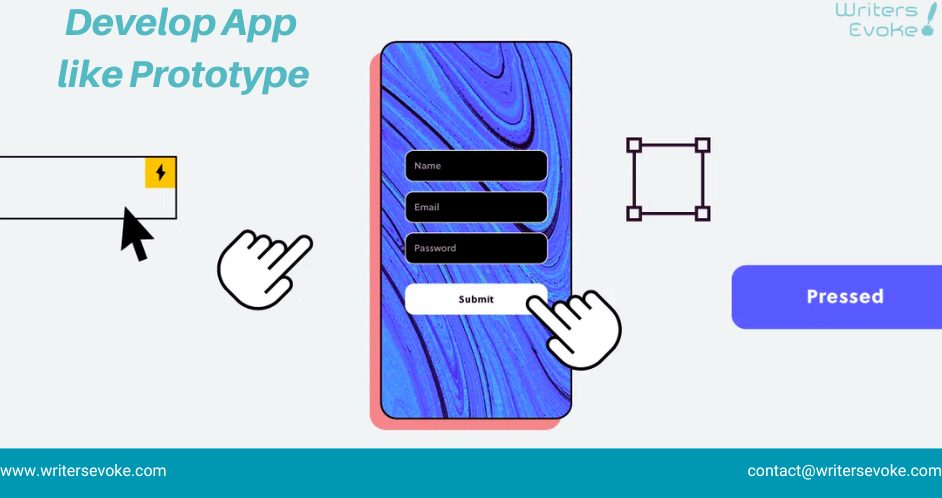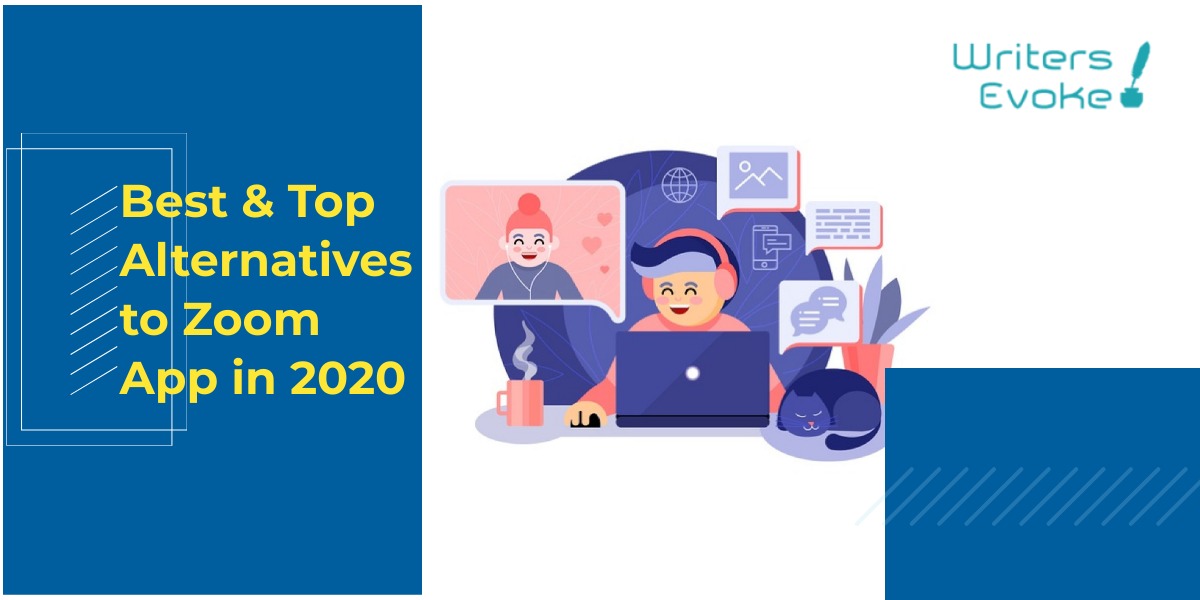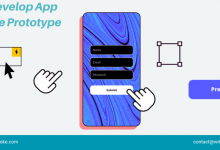How to Develop App like Prototype

Index Of The Blog
Develop App like Prototype
Develop App like Prototype is an important step in developing a mobile app. It helps in testing the app’s functionality and user interface before it is fully developed. If you’re wondering how to create an app prototype.
Why is an app prototype important?
In today’s digital age, mobile apps are everywhere. With the rising demand for mobile apps, it has become important for businesses to create their own mobile app. However, creating a mobile app isn’t as easy as it may sound. It involves several steps, and one of the most crucial steps is creating an app prototype.
An app prototype is a preliminary version of a mobile app that allows developers to test the app’s functionality and user interface (UI) before it is fully developed. It is a blueprint or a skeleton of your app that gives you an idea of how the app will look and function.
Creating an app prototype is important for several reasons.
- It helps in visualizing the app: An app prototype helps in visualizing the app and its various features. With a prototype, developers can get a better idea of how the app will look and function. This helps in identifying any design flaws or bugs before the actual development process begins.
- It saves time and money: Creating an app prototype is a cost-effective way to test an app’s functionality and user interface. It helps in identifying any issues with the app at an early stage, which saves time and money in the long run.
- It allows for user feedback: An app prototype allows for user feedback, which is crucial for developing a successful app. User feedback can help identify any issues with the app and suggest improvements that can enhance the user experience.
- It helps in attracting investors: An app prototype can be used to attract investors and showcase the app’s potential. Investors are more likely to invest in an app that has a well-designed and functional prototype.
How to create an app prototype?
1. Identify the purpose and features of the app:
The first step in creating an app prototype is to identify the purpose and features of the app. This involves understanding the target audience and the problem the app is trying to solve. Once you have identified the purpose and features of the app, you can create a list of requirements for the app prototype.
2. Sketch the app prototype:
The next step is to sketch the app prototype. This involves creating a rough design of the app’s user interface and functionality. You can use paper and pencil or digital tools like Sketch, Figma, or Adobe XD to sketch the app prototype.
3. Create wireframes:
After sketching the app prototype, the next step is to create wireframes. Wireframes are a more detailed version of the app prototype that show the layout and functionality of each screen in the app. Wireframes can be created using digital tools like Balsamiq, Sketch, or Figma.
4. Design the app prototype:
Once you have created wireframes, the next step is to design the app prototype. This involves adding colors, typography, and other design elements to the wireframes to create a more polished version of the app prototype. You can use tools like Sketch, Figma, or Adobe XD to design the app prototype.
5. Test the app prototype:
After designing the app prototype, the next step is to test it. Testing the app prototype involves using it to identify any design flaws or bugs. You can use tools like InVision or Marvel to test the app prototype.
6. Incorporate user feedback:
Once you have tested the app prototype, the final step is to incorporate user feedback. User feedback can help identify any issues with the app prototype and suggest improvements that can enhance the user experience.
Here are some tips that can help you create an effective app prototype:
- Keep it simple: Focus on the app’s core features and keep the prototype simple and easy to use.
- Use placeholders: Use placeholders for images and text to avoid spending time creating content that may change later.
- Get feedback early: Get feedback from stakeholders and users early in the process to avoid wasting time on designs that may not work.
- Iterate: Don’t be afraid to make changes and iterate on the app prototype until you have a design that works.
- Use a consistent design language: Use a consistent design language throughout the app prototype to create a cohesive user experience.
By following these steps and tips, you can create an effective app prototype that will help you develop a successful mobile app.













